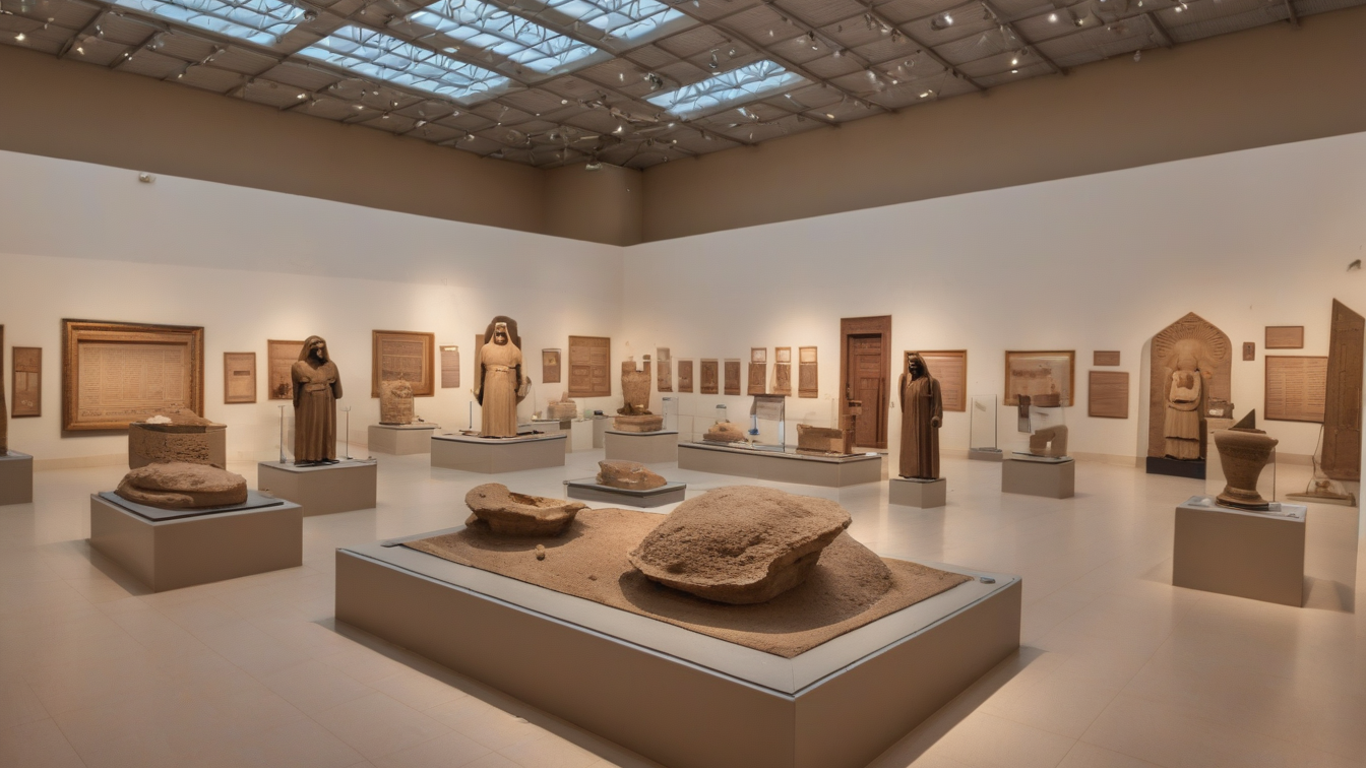 Museums
Museums
Sharjah Archaeology Museum: Unearthing 125,000 Years of UAE's Ancient Heritage
Imagine standing before a 2,000-year-old golden horse bridle that once adorned the mounts of ancient Arabian traders, or witnessing the perfectly preserved skeletons of 500 nomadic herders who roamed these lands during the Stone Age. Welcome to the Sharjah Archaeology Museum, where every artifact whispers tales of civilizations that flourished in the UAE long before the modern skyscrapers touched the clouds.
As the first museum in the UAE dedicated to archaeology at a national level, this remarkable institution transforms dusty archaeological finds into vivid narratives of human survival, trade, and cultural evolution spanning over 125,000 years.
A Treasury Born from Desert Discoveries
The story of the Sharjah Archaeology Museum begins not with its founding in 1993, but with the first shovel breaking ground at Al Muwaileh in 1973. For over two decades, archaeologists have been uncovering secrets buried beneath Sharjah's sands, and each discovery has found its way to this remarkable repository.
Sheikh Sultan Bin Muhammad Al-Qasimi established the archaeological museum in Sharjah on October 5, 1997, moving it to its current home in Al Majarrah Park. The museum's mission extends far beyond mere display – it preserves, interprets, and showcases every significant artifact discovered in Sharjah since excavations began, creating a comprehensive narrative of the region's ancient past.
What makes this museum extraordinary is not just its collection of over 5,000 artifacts, but how these pieces reveal connections that span continents. Archaeological findings demonstrate trade relationships stretching from the Indus Valley in the East to the Mediterranean islands in the West, painting a picture of ancient Sharjah as a crucial crossroads of civilization.
Journey Through Time: The Museum's Captivating Exhibitions
The Sharjah Archaeology Museum organizes its treasures into four distinct chronological periods, each offering unique insights into how ancient inhabitants adapted to their environment and evolved their societies.
The Stone Age Hall (5000-3000 BC) reveals Sharjah's earliest chapter, where visitors encounter the remains of hunters, herders, and fishermen who first called this land home. The collection includes flint tools crafted with remarkable precision, shells that tell stories of ancient coastal communities, and pottery fragments that evidence early trade with Mesopotamia. One of the most moving displays features personal ornaments made from bones, stones, and pearls – humanity's first attempts at artistic expression.
The Bronze Age Collection documents a period of transformation when nomadic peoples evolved into skilled miners, potters, and smiths. This era witnessed a population boom and the development of sophisticated underground irrigation systems. The metalwork displays showcase vessels and tools that demonstrate the technological leap from stone to bronze, while burial artifacts reveal evolving beliefs about death and the afterlife.
The Iron Age Exhibits display the period when ironworking reached its peak in the region. Trade networks expanded dramatically during this time, with iron objects becoming valuable commodities alongside the region's famous incense. The museum's collection includes examples of early currency and the first evidence of systematic trade relationships that would define the Arabian Peninsula for centuries.
The Greater Arabia Section (300 BC - 611 AD) represents the museum's crown jewel, featuring artifacts from Sharjah's most sophisticated pre-Islamic period. Here, visitors can examine the earliest evidence of writing and coinage in the region, along with burial artifacts that reveal complex funeral rituals and beliefs about the afterlife.
Treasures That Define a Civilization
Among the museum's most prized possessions is the famous 2,000-year-old golden bridle from Mleiha, a masterpiece of ancient craftsmanship that speaks to the wealth and sophistication of pre-Islamic Arabian societies. This artifact alone justifies a visit to the Sharjah Archaeology Museum, representing the pinnacle of ancient metalworking artistry.
The Al-Buhais 18 cemetery findings provide perhaps the most emotional connection to the past. This Neolithic burial ground, dating from 5200 to 4000 BC, contained the remains of 500 individuals – entire family groups buried with their possessions, jewelry still adorning their bones. These discoveries revolutionized understanding of how ancient peoples lived, loved, and honored their dead.
Recent discoveries continue to rewrite history. In 2018, archaeologists uncovered granite materials at Jebel Al Fayah dating back 120,000 years, challenging previous theories about human migration from Africa to the Arabian Peninsula. A bronze horse head artifact from Mleiha, dating to 150 AD, represents the most recent addition to the museum's permanent collection.
The museum also houses an extensive collection of pottery, weaponry, coins, and domestic utensils that paint a comprehensive picture of daily life across the millennia. Each piece has been carefully catalogued and displayed with detailed explanations available through complimentary audio guides in multiple languages.
Interactive Learning for the Digital Age
In May 2022, the Sharjah Archaeology Museum opened the Little Archaeologist Hall, the UAE's first interactive archaeology experience designed specifically for children aged 5-12. This innovative space allows young visitors to experience the thrill of archaeological discovery firsthand, using proper excavation tools under expert supervision to uncover replica artifacts buried in sand.
The interactive hall employs cutting-edge technology alongside traditional learning methods. Children can participate in virtual excavations, learn about ancient relationships between humans and animals, and understand how natural resources were transformed into tools, weapons, and even currency. The experience culminates in participants creating their own archaeological records, complete with photographs, measurements, and detailed descriptions of their discoveries.
For adult visitors, the museum offers sophisticated audio tour systems with pre-recorded detailed explanations of artifacts. The technology seamlessly blends with the museum's deliberately subdued lighting, which creates an atmosphere reminiscent of archaeological sites while protecting the ancient materials from harmful UV rays.
Essential Visitor Information
Sharjah Archaeology Museum Timings:
The sharjah archaeological museum timings are designed to accommodate both local and international visitors:
- Saturday to Thursday: 8:00 AM - 8:00 PM
- Friday: 4:00 PM - 8:00 PM
- Ramadan Schedule: Saturday to Thursday: 9:00 AM - 2:00 PM; Friday: Closed
Sharjah Archaeology Museum Entrance Fee:
The sharjah archaeology museum entrance fee structure ensures accessibility for all visitors:
- Adults (13+): AED 10
- Children (2-12 years): AED 5
- Children under 2: Free
- Seniors (60+) and one companion: Free
- People with disabilities: Free
- School trips: Free
- Free admission on International Museum Day (May 18), Martyr's Day (December 1), and UAE National Day (December 2)
Location and Access:
The museum is located on Sheikh Rashid Bin Saqr Al Qasimi Road in the Halwan district, strategically positioned between the Sharjah Archaeology Authority and the Child Culture Center. Free parking is available on-site, and the museum is easily accessible by Sharjah's public bus system or taxi services.
Contact Information:
Phone: +971-6-566-5466
Website: Official Sharjah Museums Authority Website
Email: info@sma.gov.ae
Best Times to Experience Ancient Wonders
The optimal time to visit the Sharjah Archaeology Museum depends on both weather considerations and crowd preferences. The cooler months from October through April offer the most comfortable experience, with pleasant temperatures that make the short walk from parking areas enjoyable.
For the most intimate experience with the artifacts, weekday mornings immediately after opening prove ideal. The museum's carefully controlled lighting and smaller crowds during these hours create an almost meditative atmosphere perfect for contemplating humanity's ancient journey.
Families with children should consider timing their visit to coincide with the museum's seasonal educational programs. Summer months feature special activities for young visitors, though advance booking is recommended for these popular sessions.
Friday afternoons can be particularly busy due to the modified schedule, so visitors seeking a quieter experience should plan accordingly. However, the energy of diverse international visitors during weekend periods can add to the overall cultural experience.
Beyond the Museum: Exploring Sharjah's Cultural Ecosystem
The archaeological museum in Sharjah serves as an perfect starting point for exploring the emirate's broader cultural offerings. Located adjacent to the Sharjah Science Museum, visitors can easily combine their historical journey with cutting-edge scientific discoveries.
The nearby Sharjah Art Museum, with its collection of over 500 contemporary and traditional works, provides a fascinating contrast to the ancient artifacts. This proximity allows visitors to trace the evolution of human artistic expression from prehistoric rock drawings to modern installations.
For those inspired by the maritime artifacts in the archaeology museum, the Sharjah Maritime Museum offers deeper insights into the region's seafaring heritage, including traditional dhows and pearl diving equipment that connected ancient Sharjah to distant civilizations.
A short journey to the Heart of Sharjah reveals the Sharjah Heritage Museum, housed in a restored 18th-century pearl merchant's home. This creates a perfect trilogy of experiences – ancient archaeological heritage, maritime traditions, and more recent cultural evolution.
Connecting Ancient Wisdom to Modern Life
What makes the Sharjah Archaeology Museum particularly relevant today is how it demonstrates humanity's eternal challenges and solutions. The ancient irrigation systems displayed in the Bronze Age section speak directly to modern water conservation efforts in the UAE. The trade networks evidenced by artifacts from distant civilizations mirror today's global economy.
The museum's educational programs deliberately draw these connections, helping visitors understand that the resourcefulness, adaptability, and innovative spirit displayed by ancient inhabitants continues to define the UAE today. Children participating in the Little Archaeologist program often express amazement that people 5,000 years ago faced similar challenges to those addressed by modern engineers and environmentalists.
The preservation techniques pioneered by ancient civilizations, particularly their sophisticated understanding of sustainable building materials like mud bricks, offer valuable lessons for contemporary architecture in desert environments. These practical applications give the museum's historical treasures immediate relevance to modern visitors.
Educational Excellence and Research Impact
The Sharjah Archaeology Museum extends its influence far beyond its physical walls through comprehensive educational and research programs. The museum collaborates with international universities and research institutions, contributing to global understanding of Arabian Peninsula archaeology.
Annual workshops target diverse audiences – from families seeking weekend education to university researchers pursuing advanced archaeological studies. Monthly family workshops have become particularly popular, allowing parents and children to explore ancient civilizations together through hands-on activities.
The museum's publication program produces scholarly handbooks and accessible guides in both Arabic and English. The 2008 bilingual handbook featuring 60 selected artifacts remains one of the most comprehensive introductions to Sharjah's archaeological treasures, while specialized publications on sites like Al-Buhais 18 contribute to international archaeological literature.
School programs accommodate both government and private institutions, with customized presentations aligned to UAE curriculum standards. These programs often inspire students to pursue careers in archaeology, history, or cultural preservation, ensuring the next generation values their ancient heritage.
Digital Innovation Meets Ancient History
The museum's embrace of modern technology enhances rather than overwhelms the ancient story it tells. Interactive computer games allow visitors to virtually explore archaeological sites that would be impossible to visit in person, while realistic burial and dwelling models provide context that static displays cannot match.
Augmented reality features, gradually being integrated throughout the museum, allow visitors to see how fragmented artifacts would have appeared in their original complete state. These technological enhancements prove particularly valuable for understanding complex objects like the golden horse bridle, where visitors can appreciate both the surviving elements and the craftsmanship of missing components.
The museum's growing digital archive ensures that even artifacts not currently on display remain accessible to researchers worldwide. This commitment to digital preservation guarantees that future generations will have access to these irreplaceable cultural treasures, even as the physical artifacts require increasingly careful conservation.
Planning Your Archaeological Adventure
A typical visit to the Sharjah Archaeology Museum requires 2-3 hours to fully appreciate all four chronological halls and the interactive children's area. However, archaeology enthusiasts often spend entire afternoons exploring the detailed explanations and audio guide content.
The museum's gift shop offers carefully curated books, replica artifacts, and educational materials that allow visitors to continue their journey into UAE's ancient past at home. Many visitors find these resources invaluable for sharing their experience with family members who couldn't join the visit.
Photography is permitted in most areas (without flash to protect artifacts), allowing visitors to document their journey through time. However, some temporary exhibitions may have specific restrictions, which staff clearly communicate upon entry.
For international visitors, the museum's location makes it an ideal addition to broader UAE tourism plans. Its proximity to Dubai (just 30 minutes by car) means it can easily be incorporated into itineraries that include other Emirates' attractions, creating a comprehensive cultural experience that spans both ancient and modern achievements.
Begin Your Journey Through Time
The Sharjah Archaeology Museum offers more than a glimpse into the past – it provides a profound connection to the human story that began in these lands over 125,000 years ago. Every artifact represents not just an ancient object, but a bridge connecting modern UAE to its deepest roots.
Have you visited the Sharjah Archaeology Museum? Share your experience and favorite discoveries in the comments below! Whether you were moved by the golden horse bridle, amazed by the Stone Age tools, or inspired by the interactive archaeology experience, your story could help other travelers plan their own journey through time.
For more information about sharjah archaeology museum timing and current exhibitions, visit the official Sharjah Museums Authority website or call +971-6-566-5466.
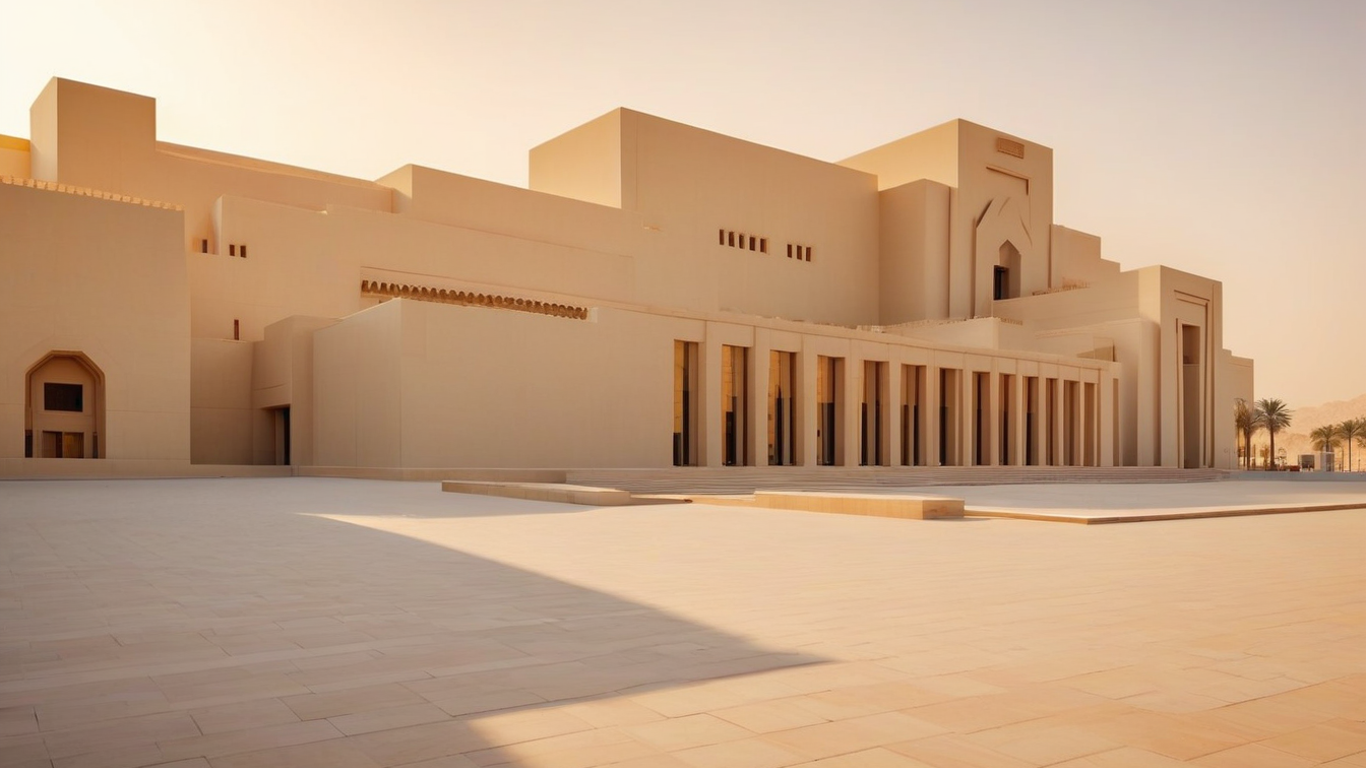
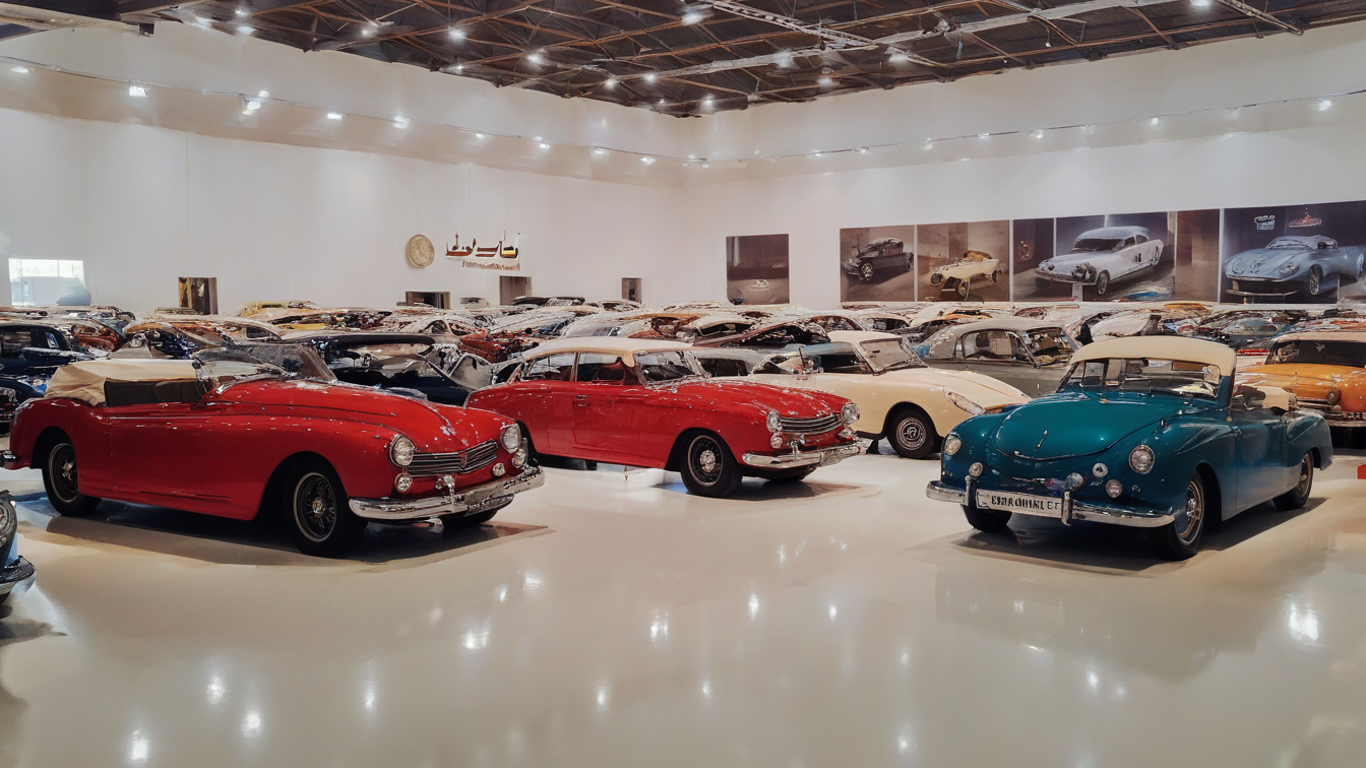
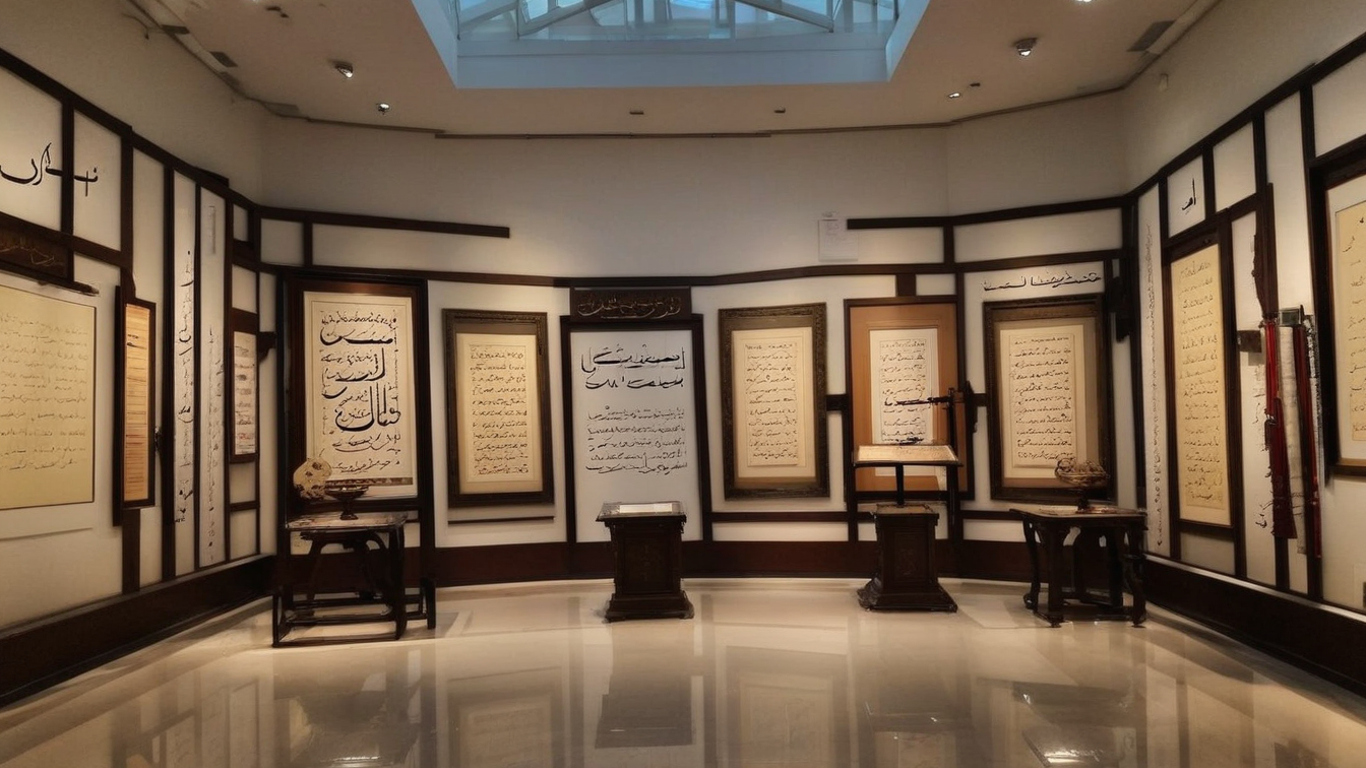

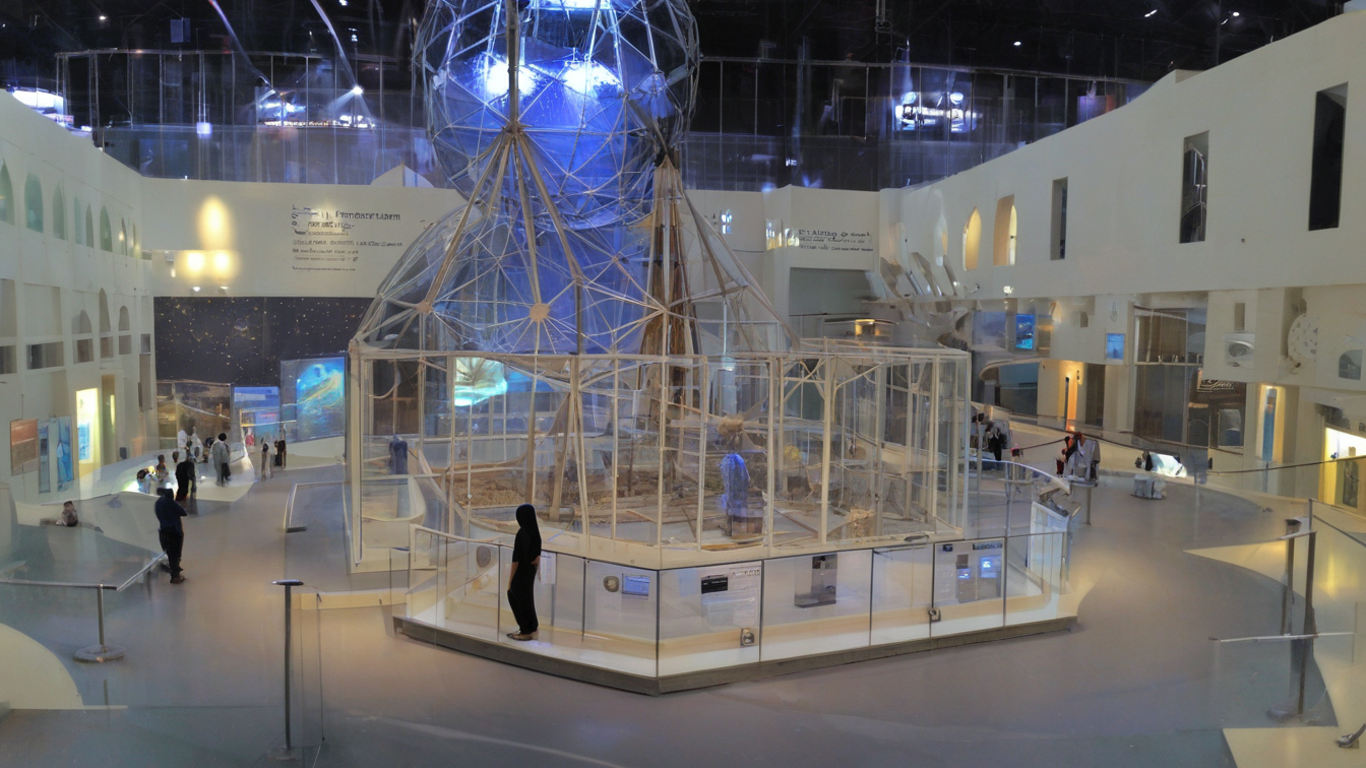
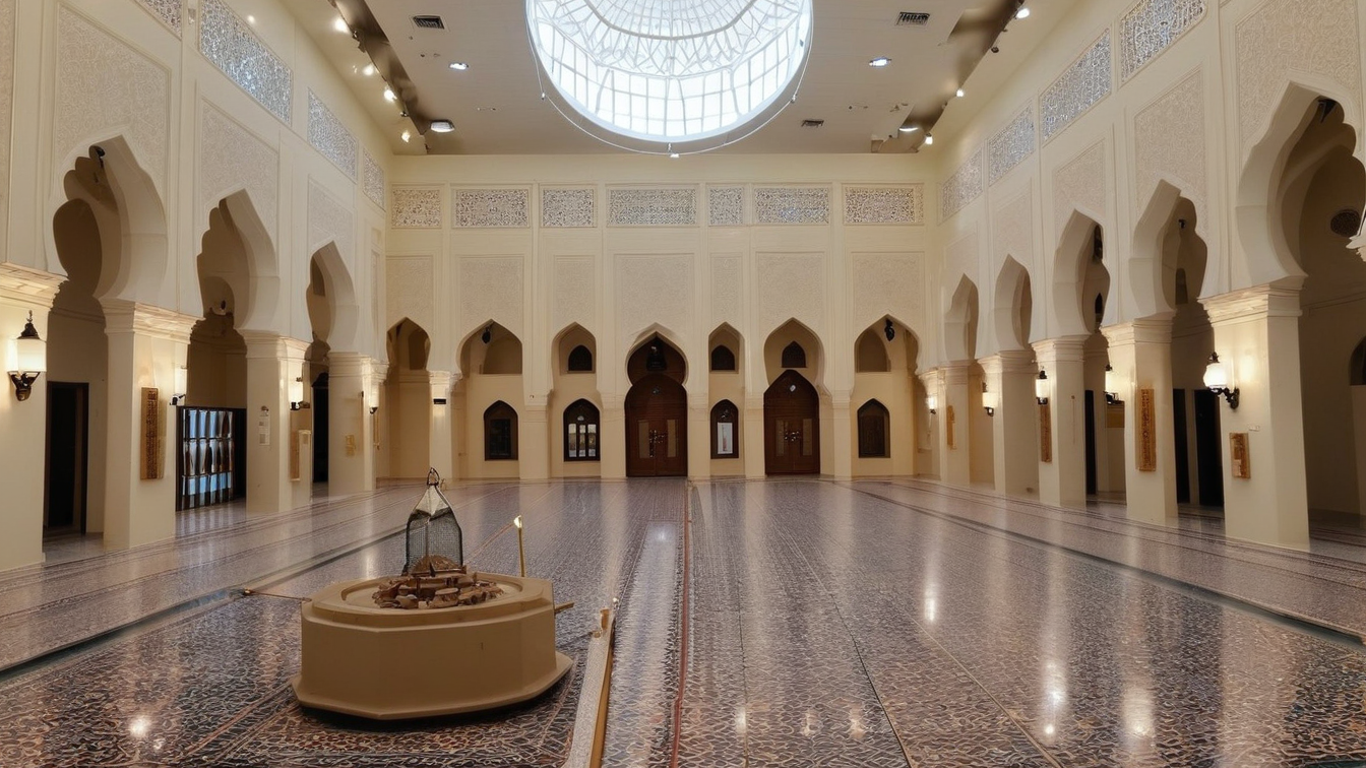
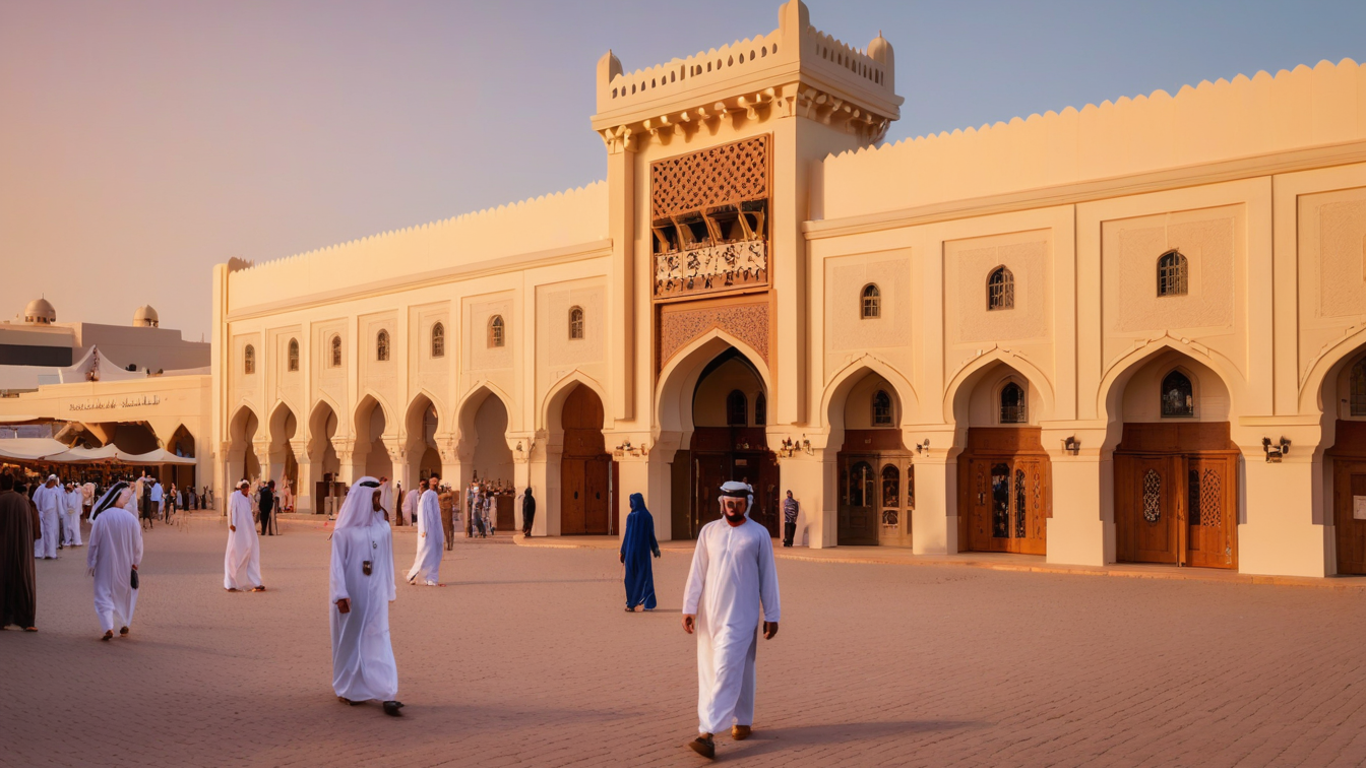

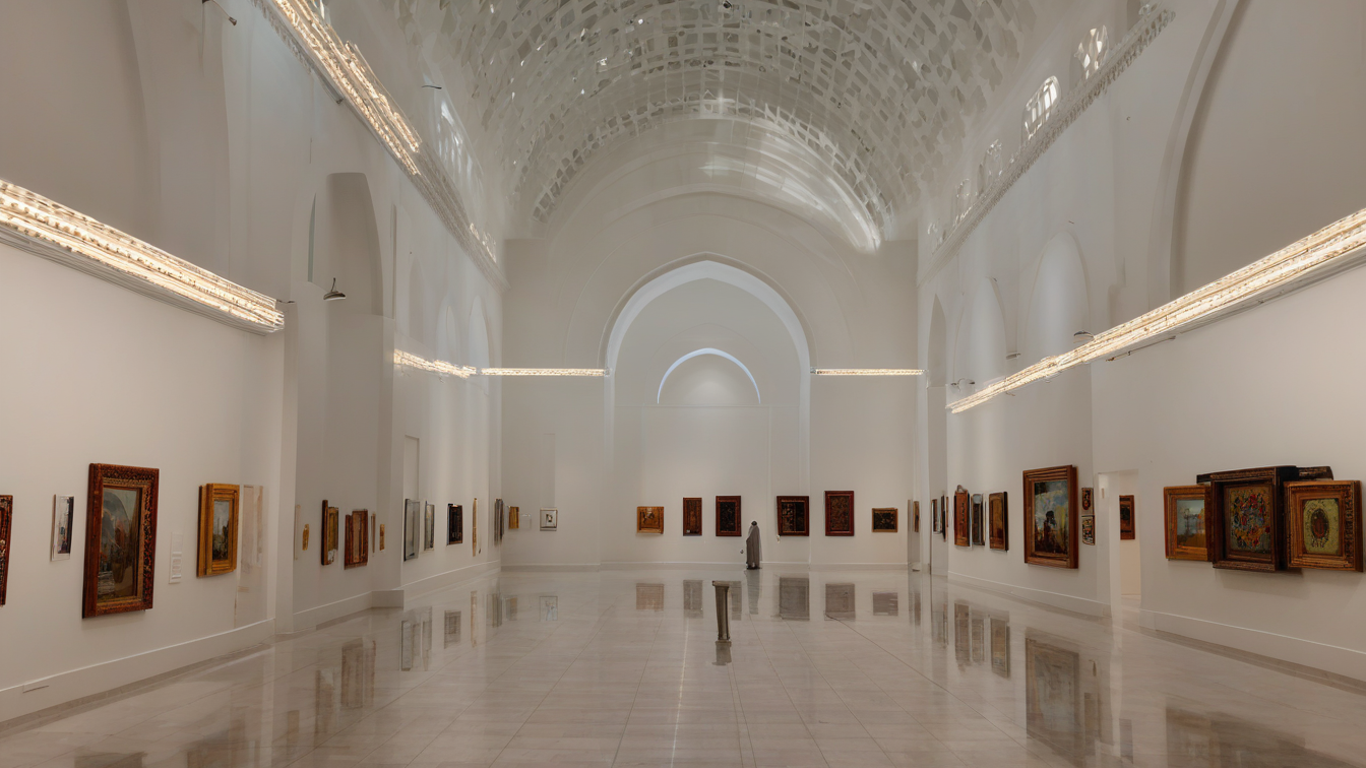
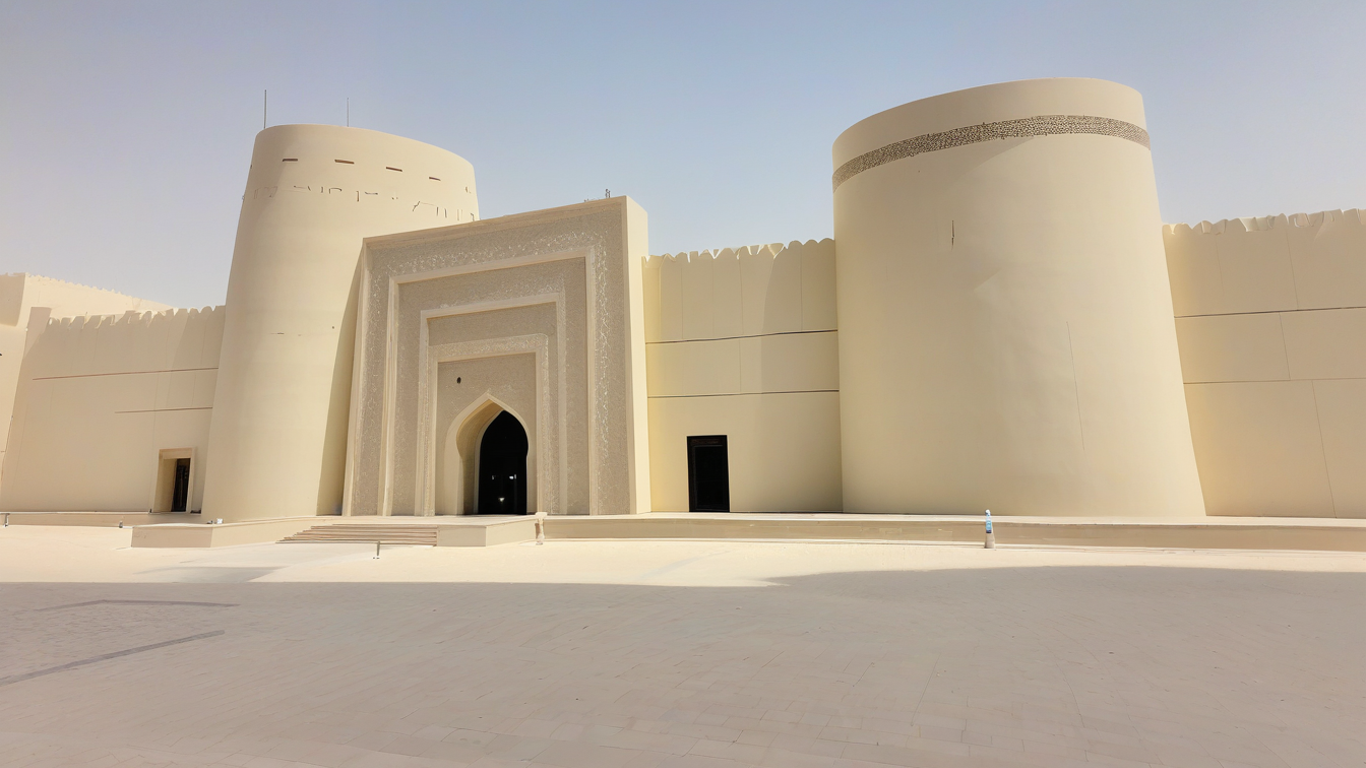
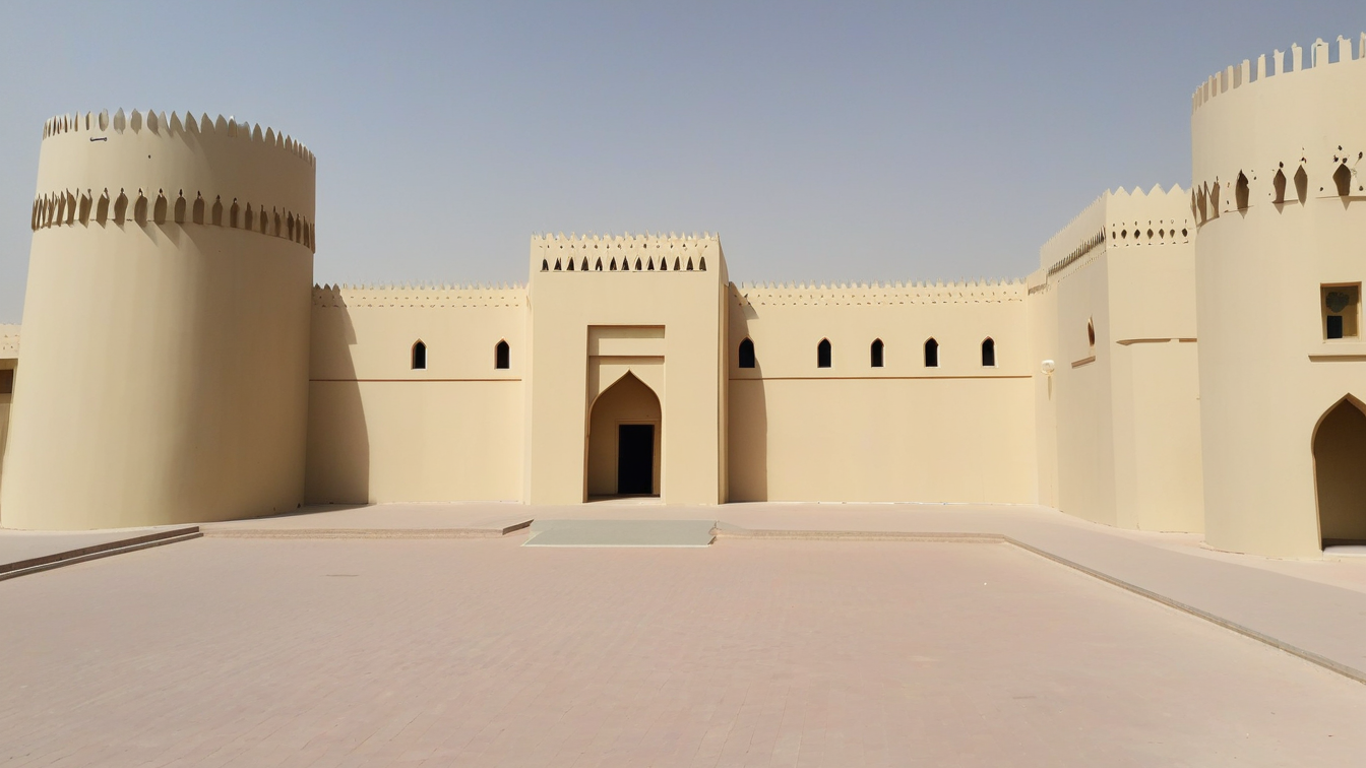


Comments (0)
{{ obj.comment_user_info.fullname }}
{{ obj.date_formatted }}{{ expandedComments[index] ? obj.comment : obj.comment.slice(0, 50) + (obj.comment.length > 50 ? '...' : '') }}
Add Comments
Login to comment